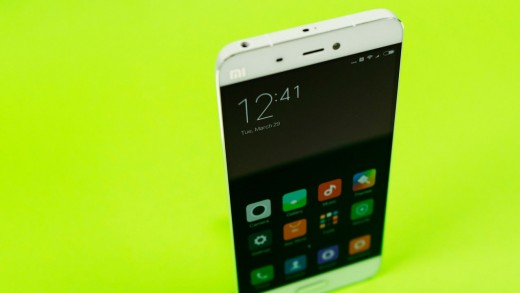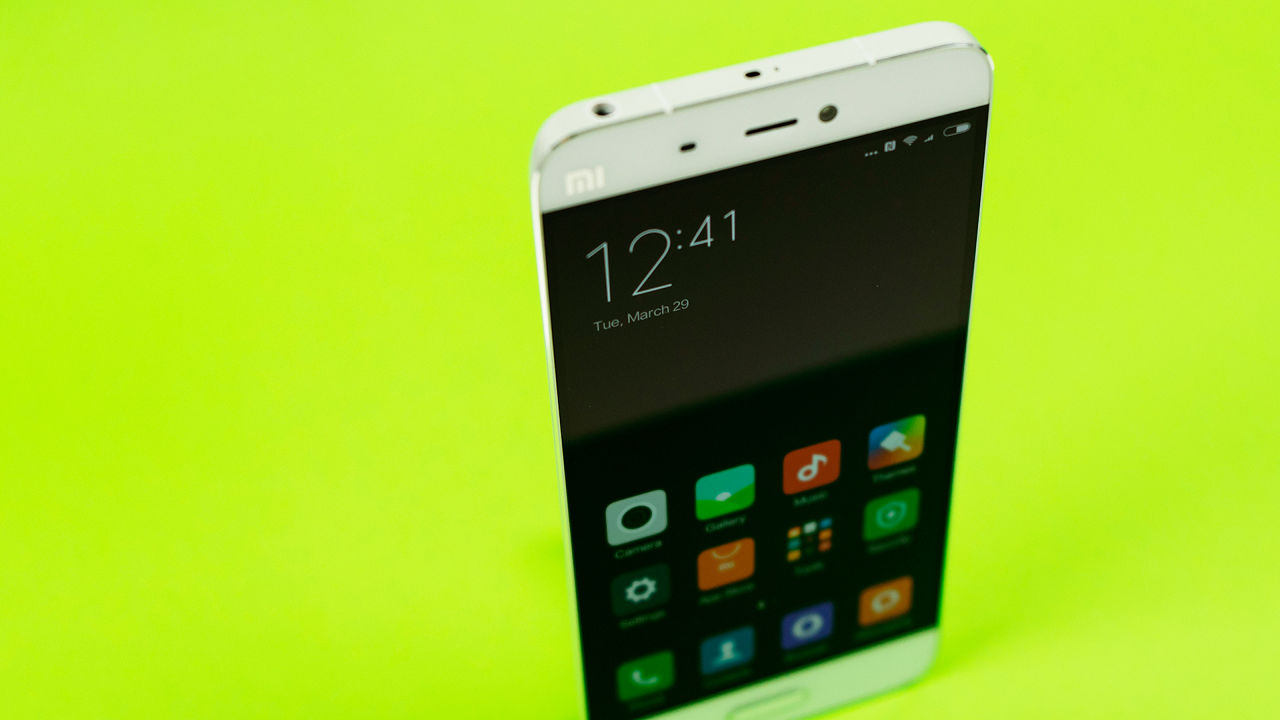Xiaomi Mi 5 Review: A Nifty Cheap Phone, Yes, But Also Something Bigger
It takes a strange sort of smartphone enthusiast to go looking for reviews of the Xiaomi Mi 5, at least if you live in the United States or Europe.
Xiaomi has announced no plans to release the Mi 5 in either market, as the phone maker continues to focus on core developing markets such as its home turf of China—where it was 2015’s best-selling smartphone brand—and India. And yet the company keeps sending its flagship phones to reviewers like me, prompting stories about how the Mi 5 is a great phone you can’t buy.
True, the Xiaomi Mi 5 is a very nice phone that doesn’t cost very much—the 64 GB model I tried sells for around $350 in the countries where it’s available—but the price-to-performance ratio isn’t exactly what makes the Mi 5 noteworthy. There are plenty of quality budget phones already, including ones you can actually buy in the United States. What sets the Mi 5 apart is how it aspires to be part of something bigger.
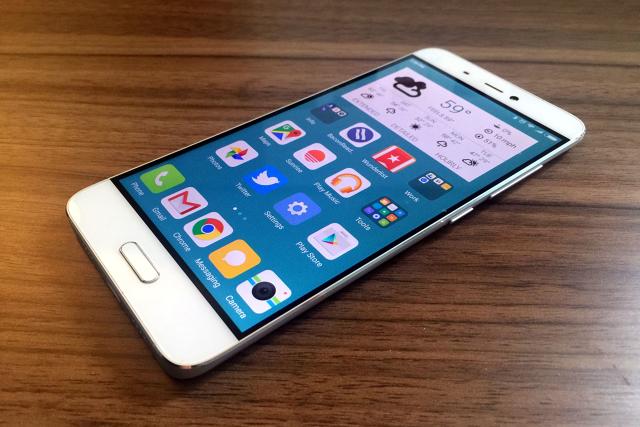
Not Your Average Budget Phone
First, let’s talk about the phone itself. The Mi 5 is a conversation-starter, at least in my experience. People see the aluminum trim and curved white glass back and want to know what they’re looking at—a rare quality for a sub-$400 phone.
The Mi 5 excels at more than just looks. It’s also fast at opening, closing, and moving through apps, thanks to a top-of-the-line Qualcomm Snapdragon 820 processor and 3 GB of RAM. Xiaomi didn’t skimp on the display, which easily rivals my iPhone 6 Plus in terms of maximum brightness and viewing angles, and offering more pristine whites and vibrant colors to my eye.

The Mi 5 also has a few other noteworthy embellishments, such as the reversible USB-C charging port, and a fingerprint sensor built into the home button. (The sensor unlocks the phone in a snap, but requires a bit more finger repositioning than iPhone and Nexus phone fingerprint readers.) Despite the Mi 5’s slim build and impressive performance, Xiaomi managed to squeeze in a 3,000 mAh battery, which never failed to get me through the day.
If there’s one noticeable drawback on the hardware side, it’s the camera, which struggles with motion shots. (Many an attempt at photographing my toddler were lost to blurriness.) Even so, the Mi 5 does better than your average mid-range phone. The 16MP shooter takes gorgeous still shots in sunlight, and provides reasonably bright indoor shots without using flash. It helps that the camera uses phase-detection auto-focus to quickly lock onto faces.
A Touch Of MIUI
On the software side, the Mi 5 ships with Android 6.0 Marshmallow. But Xiaomi, like most other phone makers, has decided to bulk it up with a custom interface, in this case called MIUI.
The extra layer isn’t necessarily a bad thing. While the home screen is more akin to iOS than Android, with no app drawer for stowing away less frequently used apps, it still supports widgets, and offers a clever way to bulk-move apps across screens or into folders.
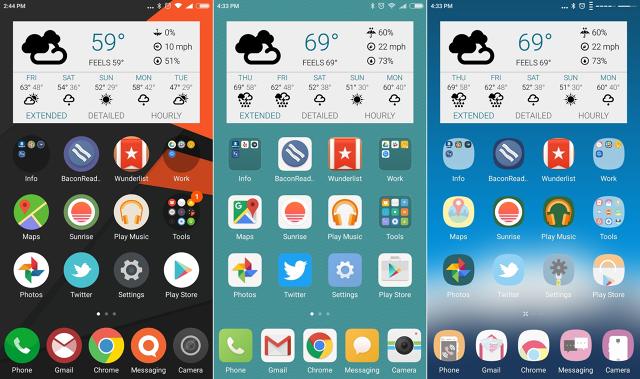
The more you look, the more you notice similar thoughtful touches throughout MIUI. Like most Android phones, swiping from the top of the screen brings up notifications, but if you don’t have any, you’ll go straight to a customizable list of settings toggles instead. Set a recurring alarm, and you’ll get an option to skip it for a day. You can also activate a child mode that locks certain apps and functions, and a read mode that cuts down on harsh blue light. A theme store lets you change the phone’s look and feel, and serious Android geeks can switch up the phone’s navigation and volume buttons from MIUI’s settings menu.
Messing with Android this way does tend to invite quirks. Initially, my Mi 5 review unit had a weird issue that my lock screen was replaced by a blank white page, and I couldn’t fix it without factory-resetting the phone. A couple of apps also failed to see location data without being uninstalled and reinstalled, and I still can’t get my Pebble smartwatch to serve as a trusted Bluetooth device for bypassing the lock screen. The display’s ultra-thin bezel also lacks adequate palm rejection, leading to a fair share of accidental presses during one-handed use.
Ultimately, the combination of powerful hardware and customized Android software reminded me a bit of Samsung, if Samsung’s Galaxy phones were about $300 cheaper. Even so, classifying the Mi 5 as a cheaper version of a leading Android phone doesn’t quite do justice to what Xiaomi is trying to do.
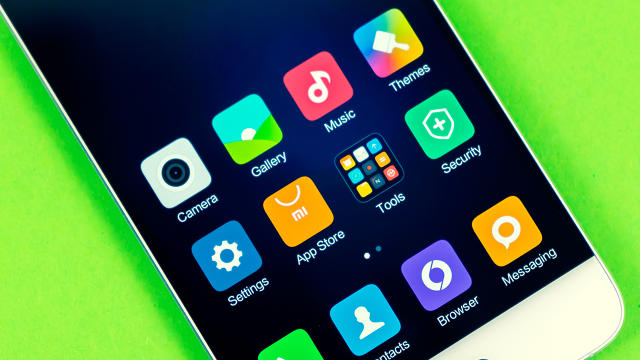
Mi, Mi, Mi
Over two weeks with the Mi 5, I couldn’t help but notice that I was missing out on a chunk of the Xiaomi experience.
Xiaomi is more than just a phone maker. The company produces all kinds of other gadgets, including headphones, fitness trackers, power strips, smart light bulbs, tablets, and full-blown television sets. And if you spend enough time poking around MIUI, you’ll notice a bunch of hooks where these devices are meant to fit in. Some examples:
- If you fall asleep while wearing a Mi Band fitness tracker, the Mi 5 can automatically enter Do Not Disturb mode.
- Mi headphones can take advantage of optimized equalizer presets in the Mi 5’s audio settings menu.
- The Mi Remote app lets you control a Mi TV or Mi Box media streamer over Wi-Fi.
- Nearby Mi devices can share files among themselves with “Mi Drop,” which is basically like Apple’s AirDrop.
- With a Mi account, all of your messages, notes, photos, and audio recordings will sync to other Xiaomi devices, and to Mi.com.
Xiaomi often gets pegged as the “Apple of China,” largely because it produces attractive products—some of which look an awful lot like Apple’s—and sells them directly through its own e-commerce channel, all while inspiring rabid fandom in its home country. But what tends to get overlooked is the hardware and service integration that Xiaomi is slowly building. This, too, is Apple-like, but with one major difference: Xiaomi sells a much wider range of hardware and services than Apple does, and sees those accessories, rather than the phone itself, as the primary driver of profits.
This might explain why Xiaomi keeps sending its smartphones to U.S. reviewers. The company may be trying to cultivate enthusiasm for its brand here while it gets ready to enter the U.S. market, which it recently told CNet it plans to do by the end of 2017.
But in the meantime, the “quality phone for cheap” angle is losing its edge. Phone makers are now routinely cracking the $400 barrier with solid handsets like the OnePlus 2 and the Nexus 5X. Even Apple now offers a $400 iPhone with nearly top-of-the-line tech specs.
That means it’s all the more urgent for Xiaomi to offer something bigger: a suite of products that play nicely together without the usual price premium. I haven’t experienced that with the Mi 5, but I can start to see how it might all come together.
Fast Company , Read Full Story
(229)

